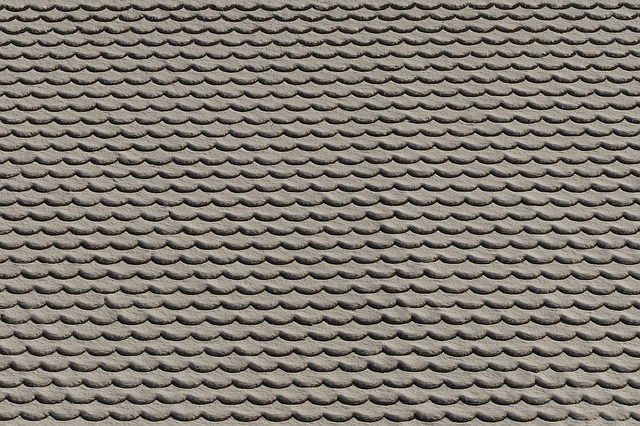
Frequent winter roofing issues can easily get out of hand by the repeated freeze and thawing attacks during the cold winter season. While it’s somewhat dangerous to treat all the issues during that time by yourself, postponing the fixes until springtime can make the current issue worse. Thus, call for a professional inspection as soon as possible so you can stay stress-free during the winter holidays.
1. Loft Condensation
When a cool surface gets in touch with warm air, this will lead to condensation. The bad news is that a poorly insulated loft is a top candidate for the development of condensation, which may result in the accumulation of mold and mildew and even ruin the internal skeleton of the house. To stop this from happening, make sure that your attic is properly circulated.
Attic air circulation is an important yet commonly missed aspect of a functional roofing structure. The majority of homeowners know that loft circulation helps regulate the interior temperature and yields major energy savings. However, you should realize that poor air circulation can take its toll on your roof and shrink its functional life.
2. Tree Limbs
Large trees may look great and add to your property’s value, however, during the cold season, they can cause some major issues to your roof. Tree limbs hanging over your roofing can get loaded with large chunks of snow and ruin your roof’s shielding top level.
Branches that drop onto your roof can also lead to major problems. These tend to bear large chunks of snow as well, allow water to penetrate and slide off the roof’s protective cover.
Generally speaking, ensure that any branches are at least 10-feet away from your roof to prevent any issues.
Take a walk around your home and check trees for:
- Deceased or dead limbs that are about to fall off
- Indicators of rot or decay
- Broken and hanging branches
- Big branches near the roof
3. Lingering Damage
Has the heavy weather taken its toll on your home structure recently? If you haven’t called for a professional roof inspection, pre-existing damage will get out of hand during the current cold season. The build-up of snow or ice and the repeat ups and downs of winter temperatures can result in leakage, mold development, and skeleton damage.
